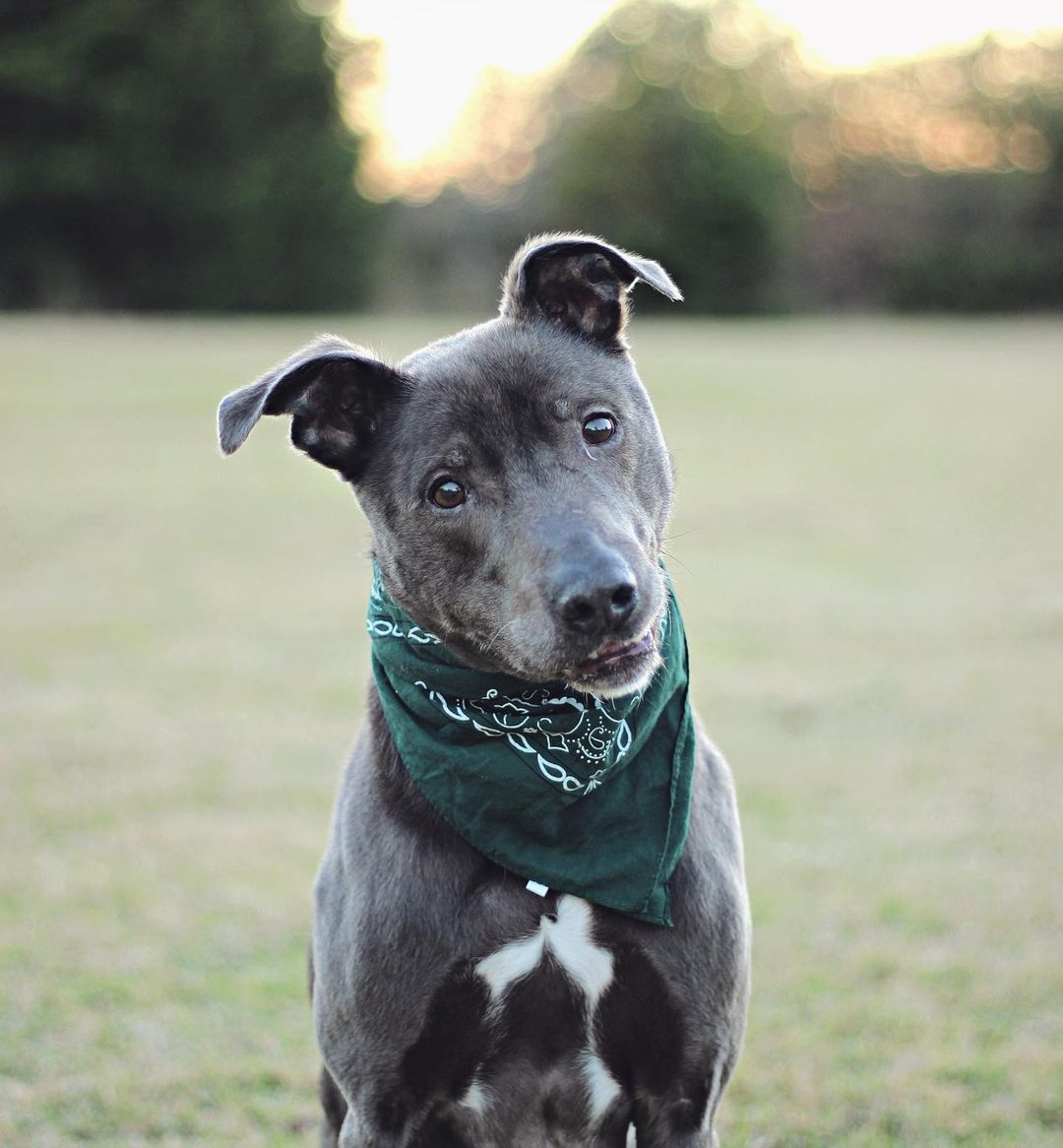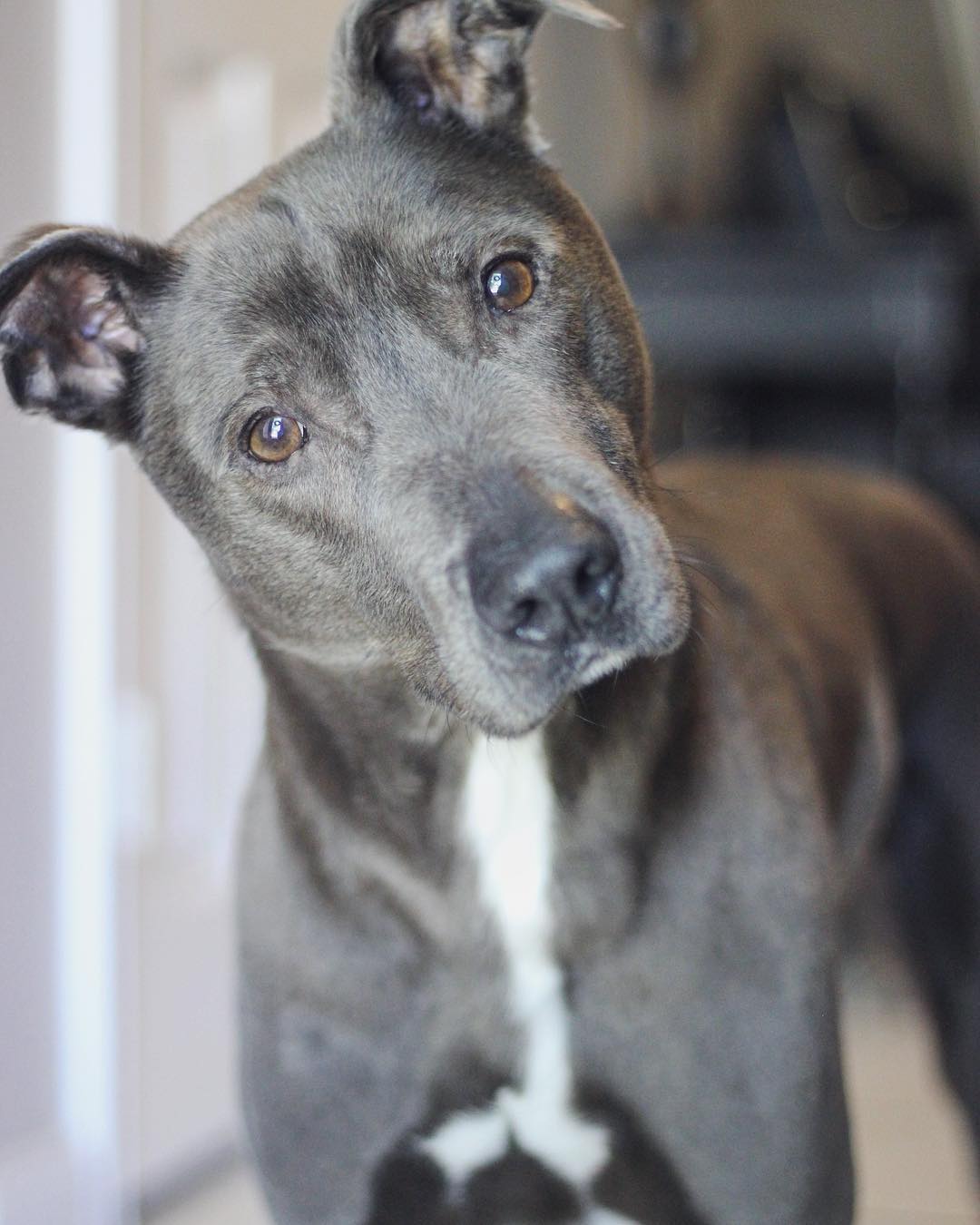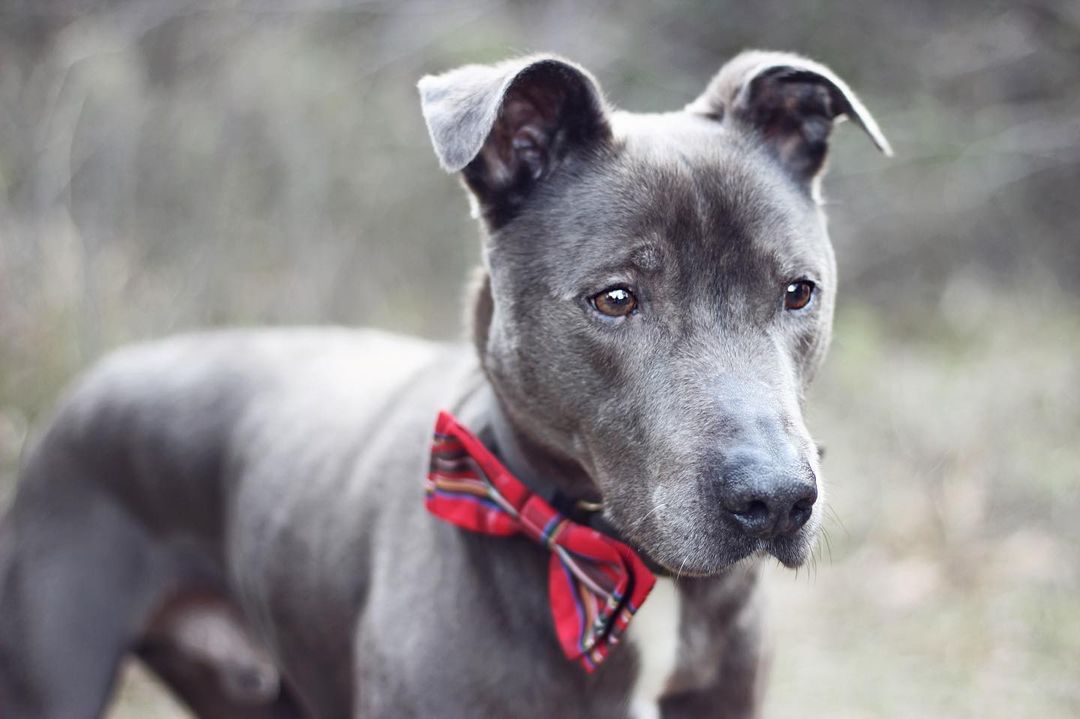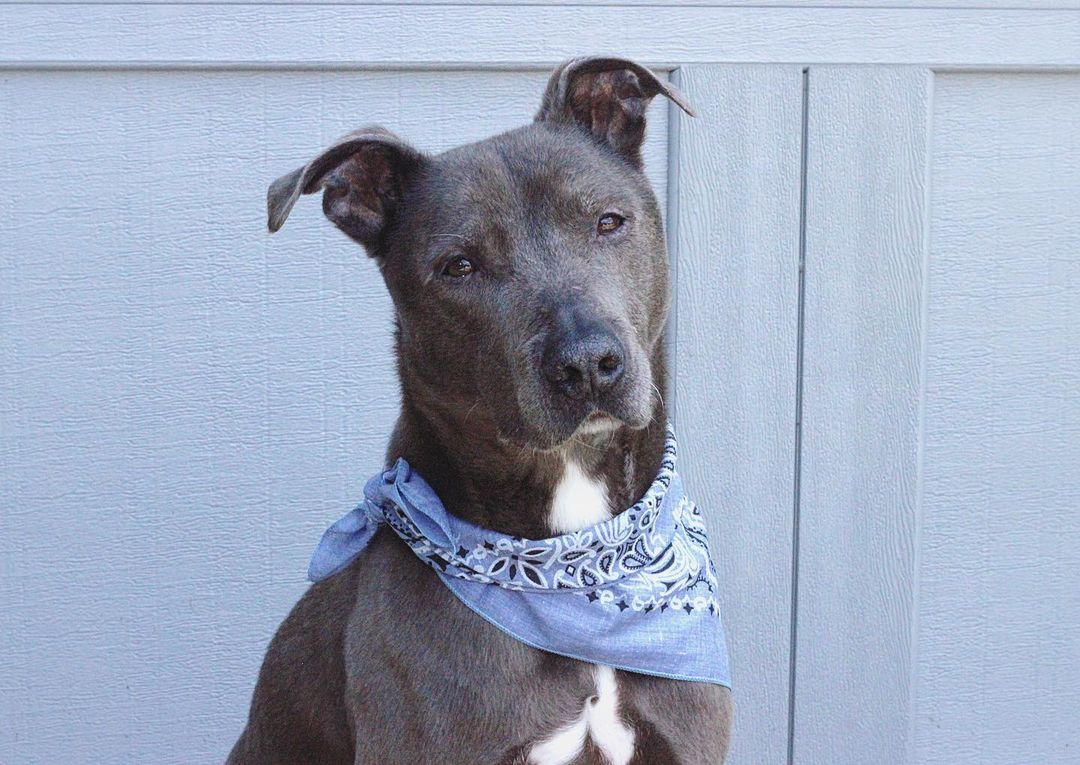
The Blue Lacy is a working dog breed that originated in Texas in the mid-19th century. The breed is widely recognized in the southern United States as one of the most talented working and hunting dogs. She is known for her strong work instinct, intelligence, good health, and high energy levels. In 2005, this breed was recognized by the Texas Legislature as the official state dog of the state of Texas.
History of the Breed
Most of the exact details were lost in time, but dog handlers and breed lovers were able to piece together a common line of events. Blue Lacey is generally classified as a pariah dog. In the United States, the term is actually used to describe a large group of purebred and mixed breed dogs, making it similar to the terms hound or terrier.
The breed owes its name to the breeders – the Lacy brothers. Large landowners from Texas at the end of the 19th century took care of developing a new breed that could graze herds, protect them from coyotes and take part in hunting. It was required in one dog to combine the qualities of shepherds and greyhounds.
The problem was solved with the participation of Greyhounds, English Shepherds, and Wolves. The first representatives of the new breed were not ideal, and the Lacey brothers were engaged in selection for a long time, selecting the best puppies. In the process, the dogs were inoculated with a unique blue gene, which made the appearance of the animals unusual and memorable.
George, Harry, and Frank Lacy succeeded in their brilliant idea of creating the perfect shepherd, hunter, and watchman. But the need for herding dogs soon practically disappeared. Later on, the blue lacy was mainly used for hunting.
The small number of representatives of the breed and their limited range led to the fact that the blue-lacy received official recognition only at the beginning of the 21st century.
Appearance
It is a medium-sized breed. The average dog reaches 46 to 53 centimeters at the withers, with females usually shorter than males. Although weight is highly dependent on height, body type, and gender, most breed members weigh between 11 and 23 kg. It is a very skinny breed, and in many ways does indeed resemble the greyhounds from which it is supposedly descended.
However, this breed is by no means fragile and all members of the breed must appear extremely muscular and strong. The head and muzzle are very similar to those of other dog breeds. The head is long, narrow, and not domed. The muzzle and skull remain crisp but blend fairly smoothly into one another. The muzzle itself is quite long. Although the muzzle is rather narrow, it still exhibits considerable strength. The nose is usually gray or brown depending on the color of the dog’s coat, although some dogs show black noses. The ears go down.
The coat is short, shiny, and very dense. The texture ranges from very fine to slightly harsh. All hairs should have tips that are slightly lighter in color than those found on the rest of the body.
Although they are often referred to as “blue” lacey, there are three acceptable color varieties: solid blue, solid red, and tricolor. Tricolor dogs are mostly blue with red markings above the eyes, on the muzzle, under the tail, on the chest, and on the legs. Any color may include a white mark on the chest and some white on the legs, although white elsewhere on the body is considered a disqualification.
Characteristics and Personality
It is a dog that longs for the constant companionship of its family, and many of the breeds suffer from severe separation anxiety. Most of the dogs returned home after a day in the field to spend the evening at their owner’s house. As a result, breeders have worked to ensure that this breed is gentle and tolerant with children when they are properly trained and socialized with them. However, puppies can be too violent for toddlers.
This breed tends to be somewhat dominant and is best kept by an experienced owner.
Although the Blue Lacey is not an aggressive breed, many have very strong protective instincts. Socialization is extremely important for puppies, otherwise fear or aggression problems may develop later in life.
It is a very alert dog that is protective enough to be an effective casual guard dog, but most of the breed lacks the aggression to be the perfect protector.
Care and Maintenance
The dog has very low grooming requirements. This dog should never require professional grooming, only very rare brushing. Even the routine grooming procedures required by all breeds, such as clipping and bathing, should be performed much less frequently than most breeds.
Dogs shed, although the amount of hair varies from very little to very abundant depending on the particular dog, diet, and time of year.
Education and Training
Increased activity leads to the need for early socialization and education. A dog needs familiarity with the world around him, a system of prohibitions and rules of behavior.
These pets lend themselves perfectly to training: they quickly memorize commands and clearly execute them.
Tough measures in education and training are not needed: they are loyal and love the owner, therefore screaming and violence are perceived as injustice.
Persistence and imagination will be helpful in learning. Monotonous repetitions of the exercises will lead to boredom and loss of interest in the activity.
Health
It is considered a very healthy breed, and many argue that it is one of the healthiest of all modern dog breeds. This breed was bred almost exclusively as a working dog in one of the harshest conditions, and any genetic defects that would diminish the breed’s ability to work would be quickly rectified, either by natural selection or by deliberate effort.
How to Choose a Puppy
The Blue Laces still live mainly in Texas, so they will most likely have to go to the New World for a pure-blooded puppy.
Future owners who are interested in a particular breed should look for a puppy only from trusted breeders and in kennels with an excellent reputation.






